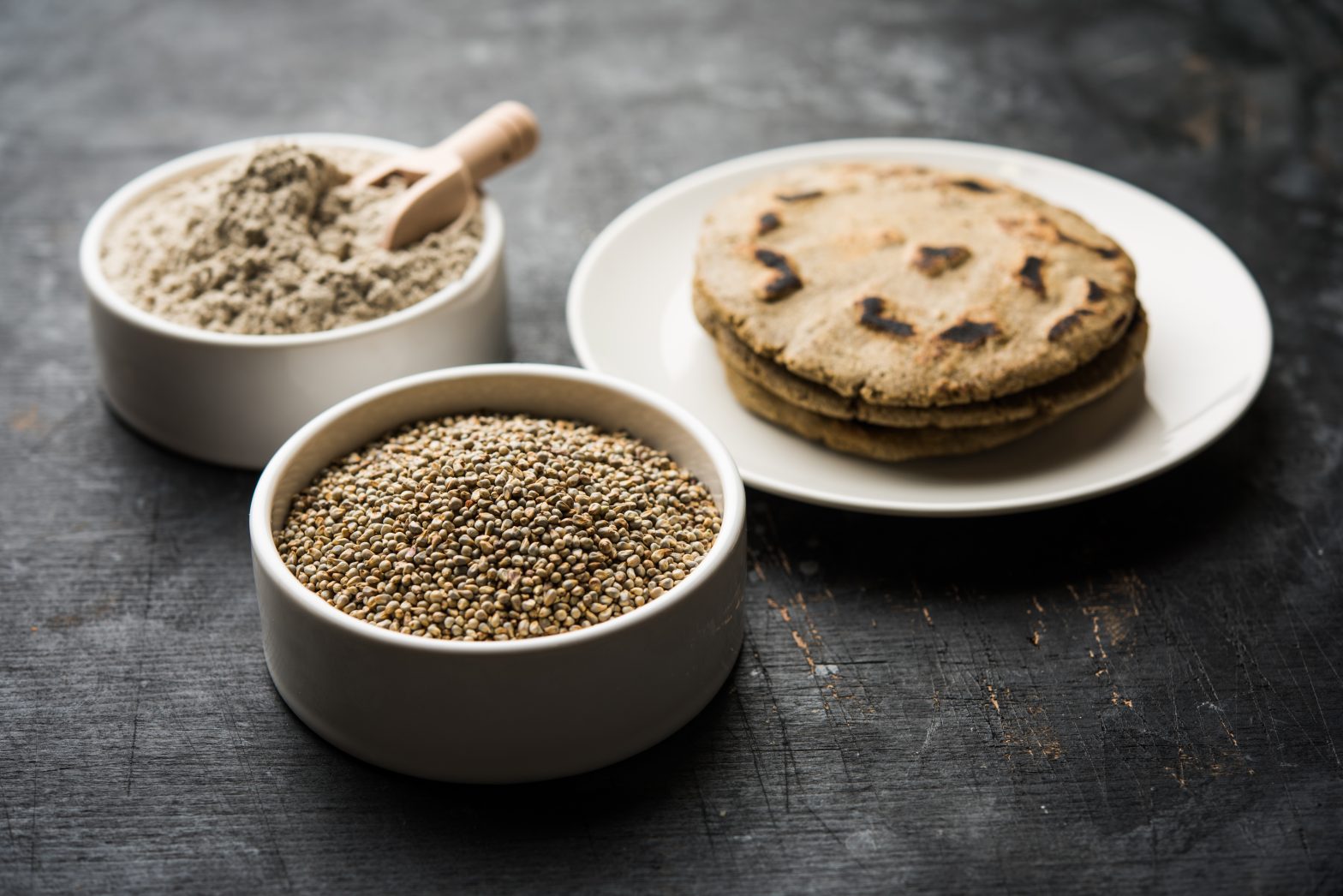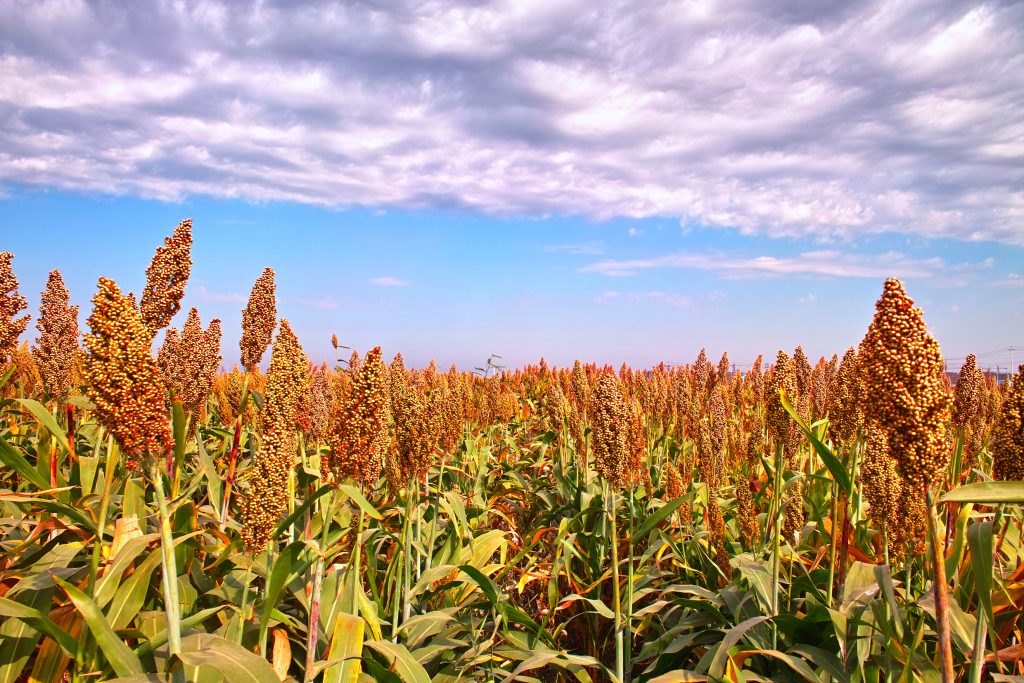
‘Bajra is most known millet across India’
About 65 percent of Indians have consumed millet at some point in their lives and in any form, reveals a recent survey report by DIU, a collaboration involving TRI and Sambodhi Research and Communications.

About 65 percent of Indians have consumed millet at some point in their lives and in any form, reveals a recent survey report by DIU, a collaboration involving TRI and Sambodhi Research and Communications.
Call it embracing the new buzzword in health food or rediscovering the goodness of traditional grains, turns out millet is indeed finding a place on the plates of most Indians. As many as 65 percent of people in the country have consumed millet including pearl millet (bajra) at some point in their lives and in any form (frequently or infrequently), reveals a recent survey report. The data was found to be similar for rural as well as urban India, according to the survey conducted by Development Intelligence Unit (DIU), a collaborative venture involving Transforming Rural India (TRI) and Sambodhi Research and Communications Pvt. Ltd.
However, even though the Food and Agriculture Organization and the United Nations recognised 2023 as the International Year of Millets following a proposal by the Indian government, word does not seem to have reached everyone across the country. A little over one in five are aware of millet but do not consume it, while 14 percent of respondents were not aware of millets at all.

Across India, pearl millet (bajra) was the most known, with almost 68 percent people across rural and urban areas having heard of it. This was followed by Sorghum millet or jowar (about 40 percent), and finger millet or ragi (over 30 percent). Most of the other types of millets were found to be known mostly to the local population only.
In terms of the regional pattern of consumption, the most popular millet consumed in the southern states is ragi (91 percent). Similarly, in the northeast, the most popular millet is foxtail (53 percent).
“Millets are mentioned in ancient Indian scriptures such as the Vedas. But it wasn’t a fad and in the mainstream all this while,” Neeraja Kudrimoti, Associate Director, TRI, said. “To bring it to the fore a lot of environment-building has happened but to sustain this trend and translate it into food culture, we are going to need a deeper penetration.”
As per the survey, most people (over three in four) seem to be consuming millet because they are aware of its health benefits. About a quarter of the respondents said their decision was influenced by the environmental conservation properties of millets. Recommendations from people they trust also seemed to be an important factor, especially for those living in urban areas.
Also Read: Millet mantras: Your guide to a healthy platter

Close to half of the people interviewed said they were aware that millets are high in nutrients. Nearly 30 percent of those aware of millet said they think it can help fight obesity. Little over a quarter of the respondents were also aware of the fact that millets are full of fibres and that they are easily digestible. Around one in five respondents believed that millet can help control blood sugar levels.
The survey also threw up an interesting finding about the gender distribution as far as millet inclusion of millets in the diet was concerned. Among the male respondents in the survey, 71 percent had consumed millet at some point in their life as compared to 77 percent of women.
Of the 35 percent of respondents who have never consumed millet, close to half were unaware of the product. About a quarter of them did not consume the same because the product was not easily available in their local market. Around one in five in urban areas (and around one out of 10 in villages) do not consume millet because the appearance, aroma and taste do not agree with them. Finally, one in five across both urban and rural India do not consume millet because there is no history in the family of consuming millet as part of their routine diet.
Over 80 percent of the current non-consumers who belong to the northeastern part of the country do not consume millet because they are not aware of the same. For all other zones, around 20-40 percent of the respondents cited several reasons including non-availability and long cooking time.
“For enhancing their popularity, we need millet-friendly policies for both production and consumption, and their linkages to the public distribution system, and mid-day meals in schools and Integrated Child Development Services programmes,” said Kudrimoti, adding that the policies need to be customised for different contexts.
Also Read: How this Chhattisgarh cafe mainstreamed millets

“Tax exemptions on millet products are required. Investments, distribution, cuisines and recipe development, and private sector participation are important for millets to reach every household. This had never happened earlier in the case of millet,” Kudrimoti explained.
The aim of the telephonic survey, which included 11,281 respondents across 21 states, was to look at awareness levels regarding millets and their benefits, consumption trends, and motives and barriers towards consumption.
Also Read: Millets of Mewar restoring glory of forgotten grains
The lead image at the top shows pearl millet (bajra) and rotis made from its flour (Photo from Shutterstock)
Pallavi Srivastava is Associate Director, Content, at Village Square.